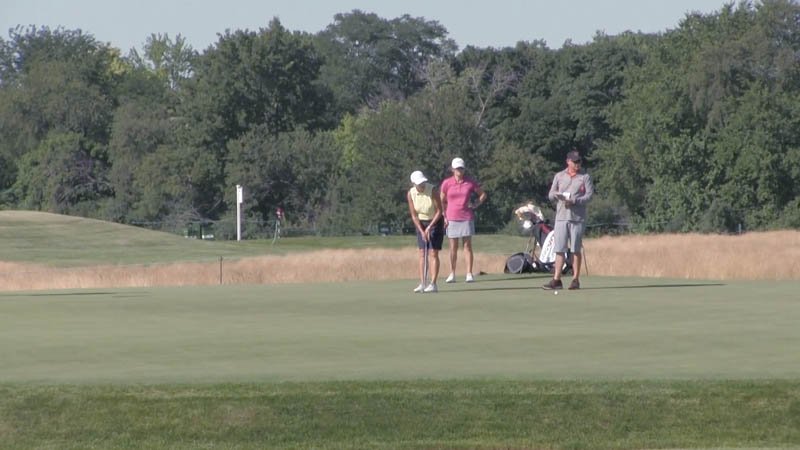
Three months after a state of the industry report that is either one of the most highly anticipated or feared dispatches in the golf business was rolled out at this year's PGA Show, the National Golf Foundation released its own communique. And this one paints a slightly rosier picture than the report given annually in Orlando by Pellucid Corp. and Edgehill Consulting.
According to the NGF 2018 Golf Industry Report, 24.2 million golfers played 434 million rounds. Those numbers represent a slight increase in players and a nearly 5 percent drop in rounds played, but that's still better than the 20.8 million people who played 427 million rounds, according to the Pellucid/Edgehill report.
Golf is an $84 billion industry that is adapting to cultural and behavioral shifts.
Baby boomers, most notably white males, have been the game's bread and butter since the pre-selfie days of Old Tom Morris, but that is changing with that demographic in decline.
While women comprise about 24 percent of the total golfer population in the U.S., girls make up about 36 percent of the junior sector and about 31 percent of all new golfers are female. Those numbers are more than double what they were two decades ago. Juniors as a whole represent about 10 percent of the total U.S. golfer market.
The NGF says 198.5 18-hole equivalent courses closed throughout the U.S. in 2018, while 12.5 new 18-HEQ opened, for a net reduction of 180.5 facilities, or about 1.2 percent of the total supply. That's worse than the January report that indicated 120 courses closed and 30 opened, for a net loss of 90 18-hole equivalent facilities.
Today's market is close to what it was 20 years ago when it ballooned, partly in response to the Tiger Woods phenomenon. In other words, the market is getting closer to self correcting to its pre-Tiger self. How quickly it reaches that destination, if ever, is a bit murky given generational and cultural shifts sweeping across the country.
One area on which the Pellucid/Edgehill and NGF reports agreed was the influence of off-course golf activities, which are in turn creating an all-time interest in the game among non-golfers. A total of 33.5 million people, the NGF says, play golf and/or participate in off-course activities such as Topgolf or Drive Shack. That's about 1 in every 9 Americans.
In 2011, there were 10 Top Golf facilities nationwide. This year, there are expected to be 60 facilities across the country earning $1.5 billion in revenue. Last year, off-course facilities like Topgolf attracted 13 million visitors, 51 percent of whom identify as non-golfers, 70 percent are under 35 years of age and 32 percent of which are female. The good news is that about 29 percent of those who attend these off-course facilities.
If and when that interest results in more traditional on-course play is anyone's guess.
The trick to growing the game and not becoming the next NGF (or Pellucid) statistic is to continue to embrace committed golfers, who account for 95 percent of rounds played and all golf-related spending, while also making the game more inviting and inclusive to newcomers and beginners - and not alienating either side in the process.

